Interview with Mikayel Minasyan, Armenia’s Ambassador to the Holy See.

Scholars estimate the number of Armenians who died in 1915 at about 1.5 million. Deportation was the cause of many of the deaths — men, women and children sent to an unknown destination were abandoned to their own strength and left to die of hunger, exposure and exhaustion.
One hundred years ago this month, the Turkish government was in the midst of preparing to carry out the Armenian genocide, which began in Constantinople on April 24, 1915, with the arrests and killings of a thousand Armenian intellectuals, journalists, artists and bankers. This “ethnic cleansing” lasted from 1915 to 1922, and its main organizer was Tallat Pasha, Turkey’s Minister of the Interior. When it was over, there were a million and a half dead, Armenian properties had been confiscated by the state, and their thousand-year-old cultural wealth had been destroyed. Those who had managed to survive found themselves dispersed throughout the Middle East, Caucasus, Europe and the Americas. This was the first genocide of the 20th century, and it became a “model” for Hitler to use as he organized the extermination of the Jews, and for other ethnic cleansing campaigns that were carried out in the 20th century. For this reason, we have the responsibility of remembering, so that forgotten, unpunished genocides don’t encourage the Herods of our age to carry out new massacres.
To discuss those tragic events on the anniversary of the Armenian genocide, I spoke with Mikayel Minasyan, the Republic of Armenia’s ambassador to the Holy See.
A century ago, the Turkish government, also known as the “Young Turks,” initiated the Armenian genocide. What needs to be known about this first genocide of the 20th century?
Mikayel Minasyan: The ferocious persecution unleashed by the Ottoman Empire on the Armenians, one of the native populations of Anatolia, whose history stretches back over a thousand years and whose culture is one of incredible richness, can be dated back a few decades earlier, precisely to the brutal massacres carried out during the reign of Sultan Abdul Hamid II. Historians have estimated that over 400,000 Armenians perished in the final decade of the 1800s.
The modernization of the Ottoman Empire was at stake, and the Armenians were among the groups who supported and encouraged change. The arrival to power of the “Young Turks” was hailed in Armenian intellectual, economic and political circles as a real revolution, capable of renewing the Empire and leading it along a path of reform towards a constitutional monarchy.
Only with the passage of time did the real project of the Committee of Union and Progress (the official name of the “Young Turks” party) become apparent. Blinded by the most dangerous forms of nationalism, its party leaders, guided by the triumvirate of Tallat, Gemal and Enver, took advantage of the outbreak of World War I in 1914 to rid Anatolia of all Christians, and Armenians in particular. It was a deliberate action aimed at exterminating the Armenian nation: it was planned down to the finest detail, and owed its success to the era’s latest technology, such as the telegraph and the railroad network.
At first, in early spring of 1915, they suppressed young men, called to arms due to the war. There then followed Constantinople’s political, economic and intellectual elite, who were arrested en masse on April 24. Shortly after came the deportation of women, the elderly, and children to the desert of Syria, with rapes, massacres and epidemics along the way. In May of 1915, the governments of Russia, England and France decreed that what was being perpetrated against the Armenians was the equivalent of “new crimes of Turkey against humanity and civilization.” Not even the diplomatic intervention of the United States and Pope Benedict XV in person, who made several appeals to Sultan Mohammed V in favor of the Armenians, were able to bring the infernal genocidal machine to a halt.
What was the final toll of the genocide?
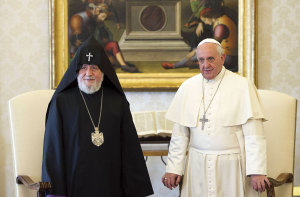
The Catholicos Karekin II of Etchmiadzin, patriarch of the Armenian Apostolic Church, with Pope Francis during a meeting at the Vatican on May 8, 2014.
At war’s end, there were 1.5 million dead, and the survivors had been dispersed all over the Middle East, the Caucasus, Europe and the Americas. The properties and belongings left behind by the Armenians were confiscated by the state, under the pretense that they had been left behind and never claimed, and the patrimony of Armenia’s cultural heritage was vandalized and destroyed. When this is referred to as the first genocide of the 20th century, it is because, from the organizational and technological point of view, it became a tragic prototype for similar crimes against humanity carried out during the 20th century, and which, regrettably, have returned to that region, even today.
How is it that, in a whole century, Turkish authorities, from the reformist Ataturk to the current leader, the Islamic Erdogan, not only refuse to recognize the genocide, but they strongly deny it ever happened?
I think the entire world asks that same question. It should probably be asked of Turkey’s governments. The historical evidence for it is undeniable. No serious historian today would begin to question the matter. The “International Association of Genocide Scholars,” bringing together the highest academic authorities in this specific field, sent an open letter expressing its opinion to the Turkish government in 2005: Ankara refused to listen.
The Armenian government’s outstretched hand has also been ignored. Last year President Sargsyan, in a historically weighty gesture, sent Foreign Minister Eduard Nalbandyan to Ankara for President Erdogan’s inauguration, and invited him to Yerevan for the commemoration of the hundredth anniversary. This would have been a unique historical opportunity for the reconciliation of these two nations, but unfortunately we never received any reply concerning the matter.
President Erdogan and his government have preferred the path of declarations aimed at diverting the attention of the international community and, while making declarations of condolence, they continue putting the oppressor on the same plane as the victim, continuing on with the usual Turkish policy of negation. Moreover, with a puzzling gesture, President Erdogan, while never having replied to the invitation, officially invited President Sargsyan to take part in the official celebrations to commemorate the Battle of Gallipoli on April 24, the very same day that the million and a half victims will be remembered in Armenia and around the world.
French historian Yves Ternon affirms that the most underhanded form of denying the Armenian genocide is that of “accusing the Armenians of contesting the ‘uniqueness’ of the Jewish genocide.” Why is there an attempt to compare and contrast the Holocaust with the Armenian genocide, reducing the latter to a “second rate” Holocaust?

Pope Francis meets the President of the Republic of Armenia, Serzh Sargsyan, in the private library of the Apostolic Palace on September 19, 2014.
The genocide suffered by the Jewish people was without a doubt one of the most dramatic and cruel pages of the whole of human history. Just a few days ago, in his message for International Holocaust Remembrance Day, the Armenian president declared that “paying tribute to the victims of the Holocaust and the condemnation of that crime is relevant as long as various expressions of hatred and intolerance based on national or racial origin and religious background continue to reappear, and as long as the threat of recurrence of such crimes against humanity has not dissipated.”
The Armenian nation that this year marks the hundredth anniversary of its genocide shares more than ever the Jewish people’s pain. Armenia has continually reaffirmed its own commitment to acting together with them towards preventing the crime of genocide, determined to declare “never again!” Genocide is a crime of indescribable proportions, and both our ancient peoples were submitted to it. This painful experience unites Jews and Armenians, and there cannot exist other interpretations of this phenomenon.
How are the Armenian authorities planning to mark the hundredth anniversary of the genocide?
The events commemorating the anniversary of the Armenian genocide will revolve around four basic principles.
The first is memory. A memory impossible to erase, to be passed down from generation to generation. A memory that marks something important not only to Armenians, but to all of humanity, so that similar crimes might never take place again. The second principle is gratitude, towards those people and those nations who, during the genocide and immediately afterwards, took the surviving Armenians in, saving them from what would have been their definitive annihilation. The third principle is the international battle for the condemnation of genocide. The Armenian nation experienced the ferocious consequences of genocide: it has a mission all its own, in the prevention and condemnation of genocide in the international community.
The final principle is rebirth. After the massacre that was perpetrated against them, the Armenians managed to be born again, as a nation and as a sovereign state. They fought in the Second World War, and whether as part of the Soviet army or in French voluntary units, they were able to leave their mark of distinction in the fight against Fascism and the Nazis. Wherever they were dispersed, they gave a shining example of the best kind of integration, contributing to the countries that welcomed them in diverse professional fields, as well as to their culture of origin. These, then, are the four principles that will be the inspiration for the various events to be held this year in Armenia, and around the world wherever Armenians are present, in the countries where they were scattered following their genocide.

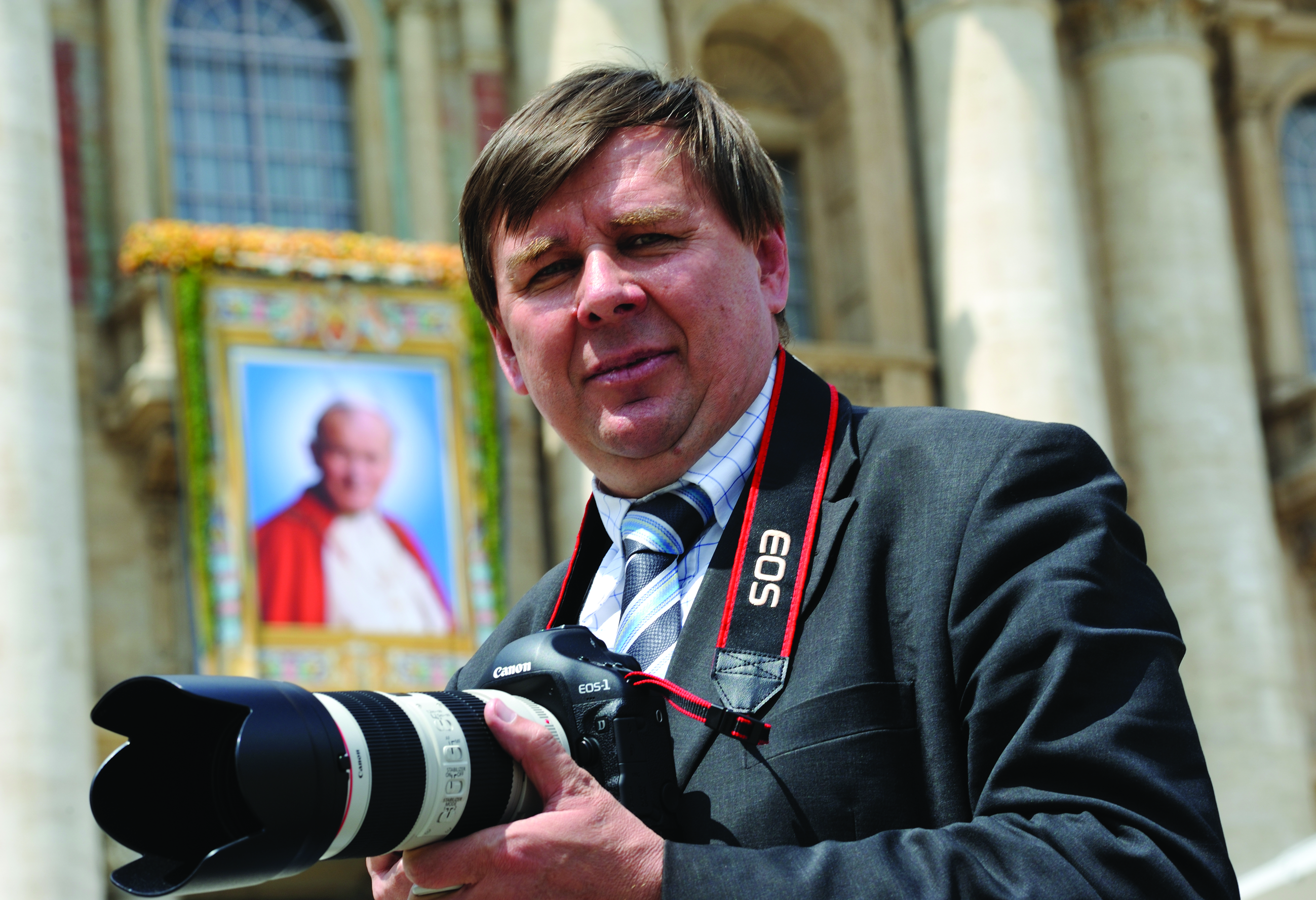
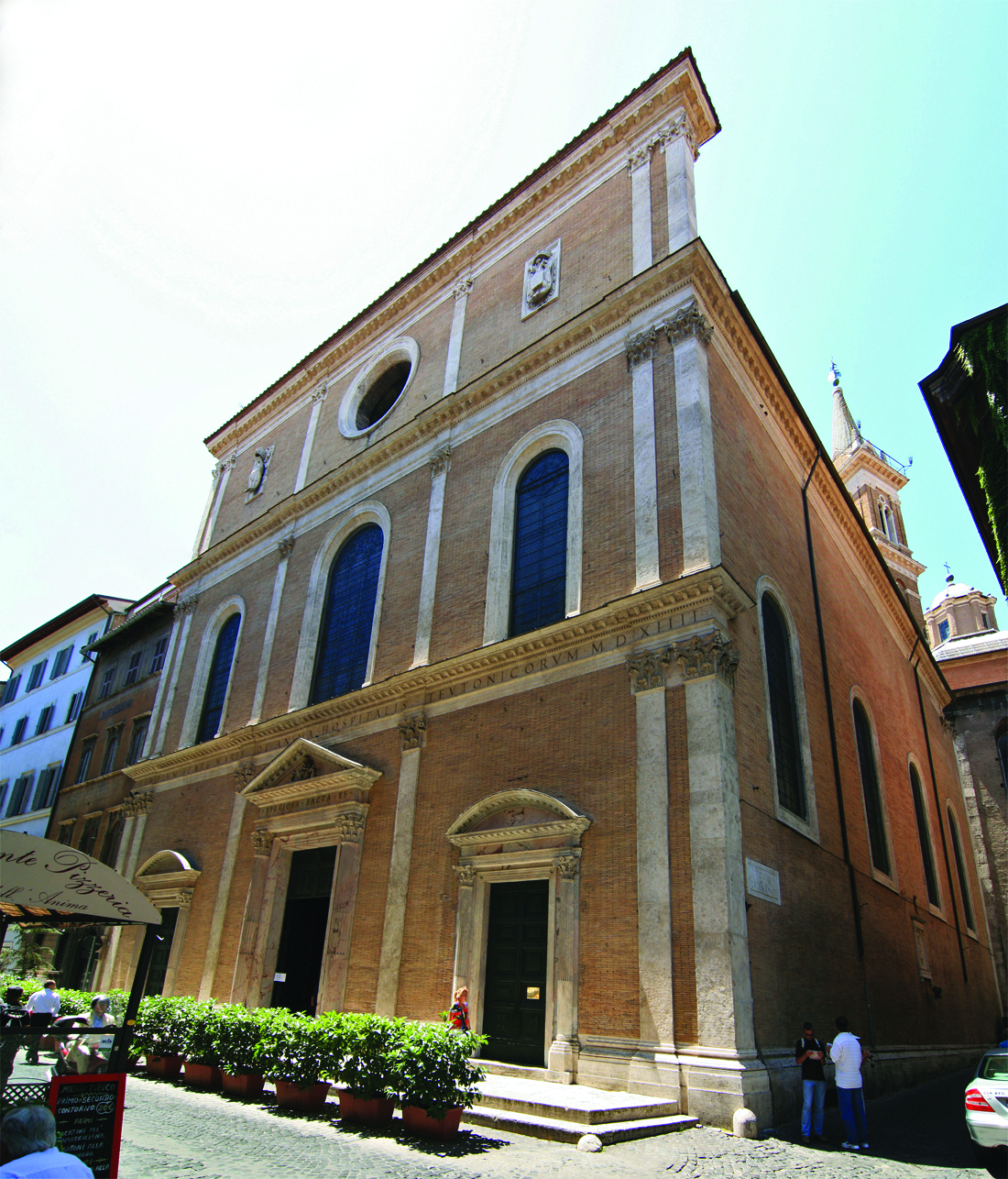
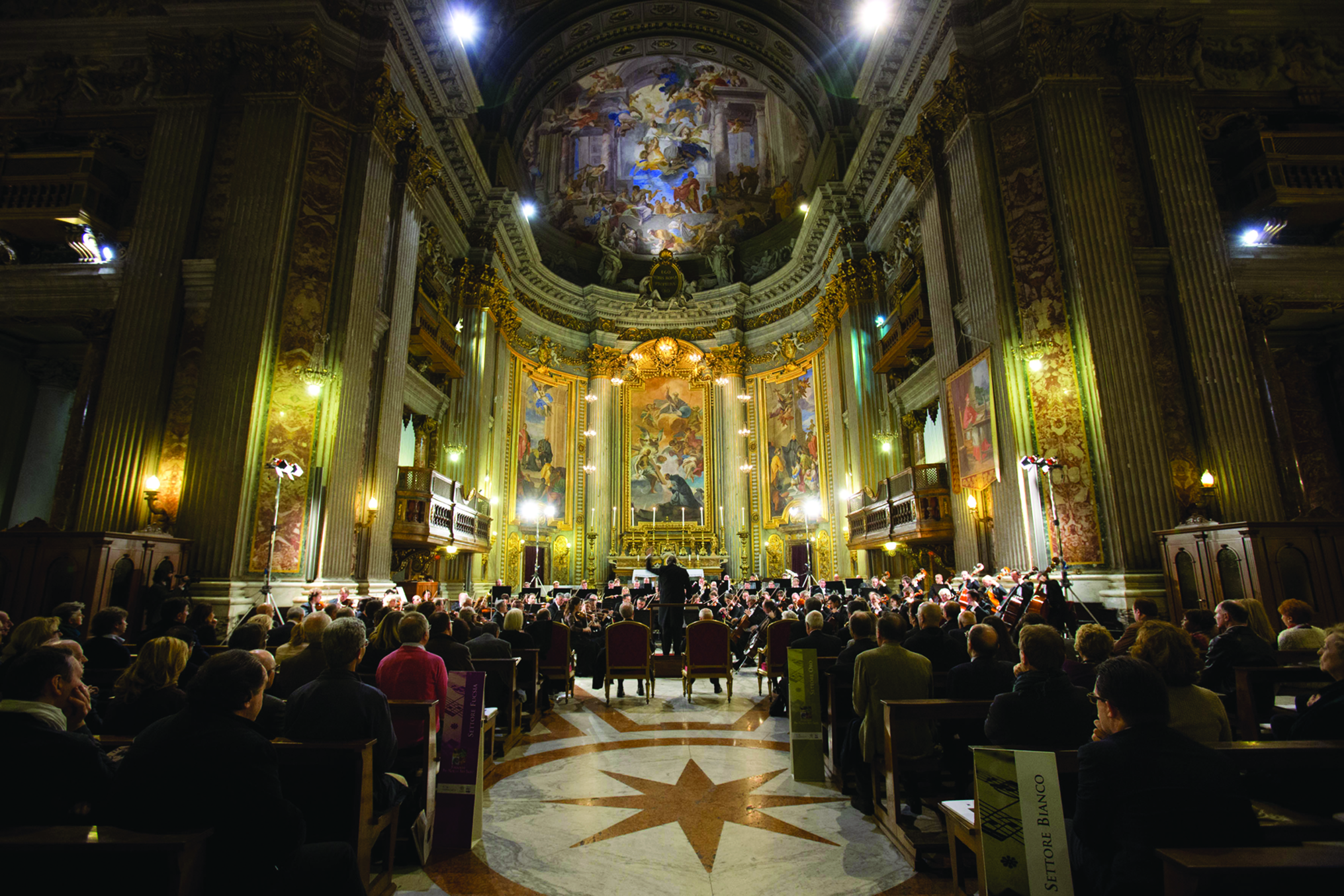
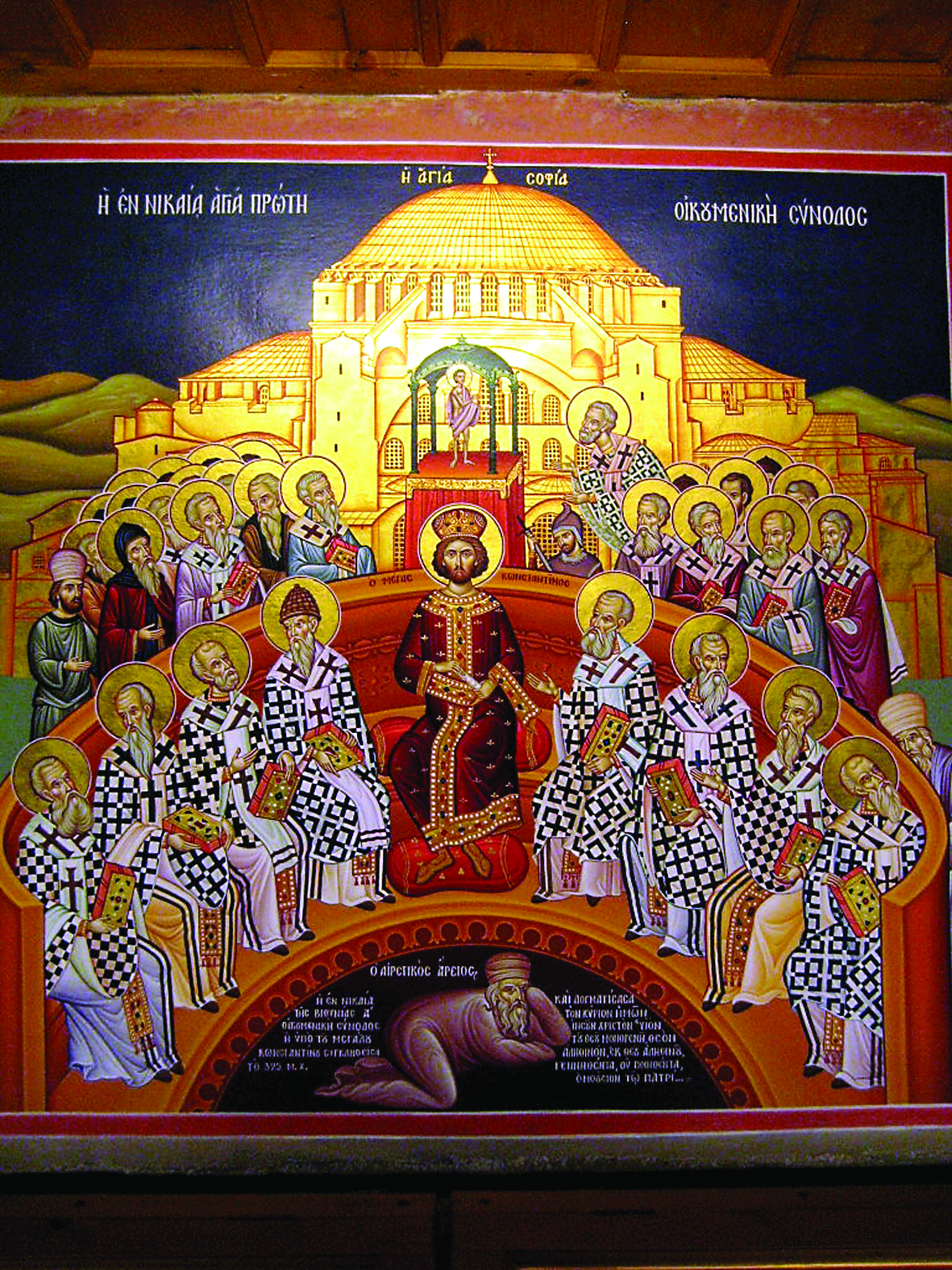
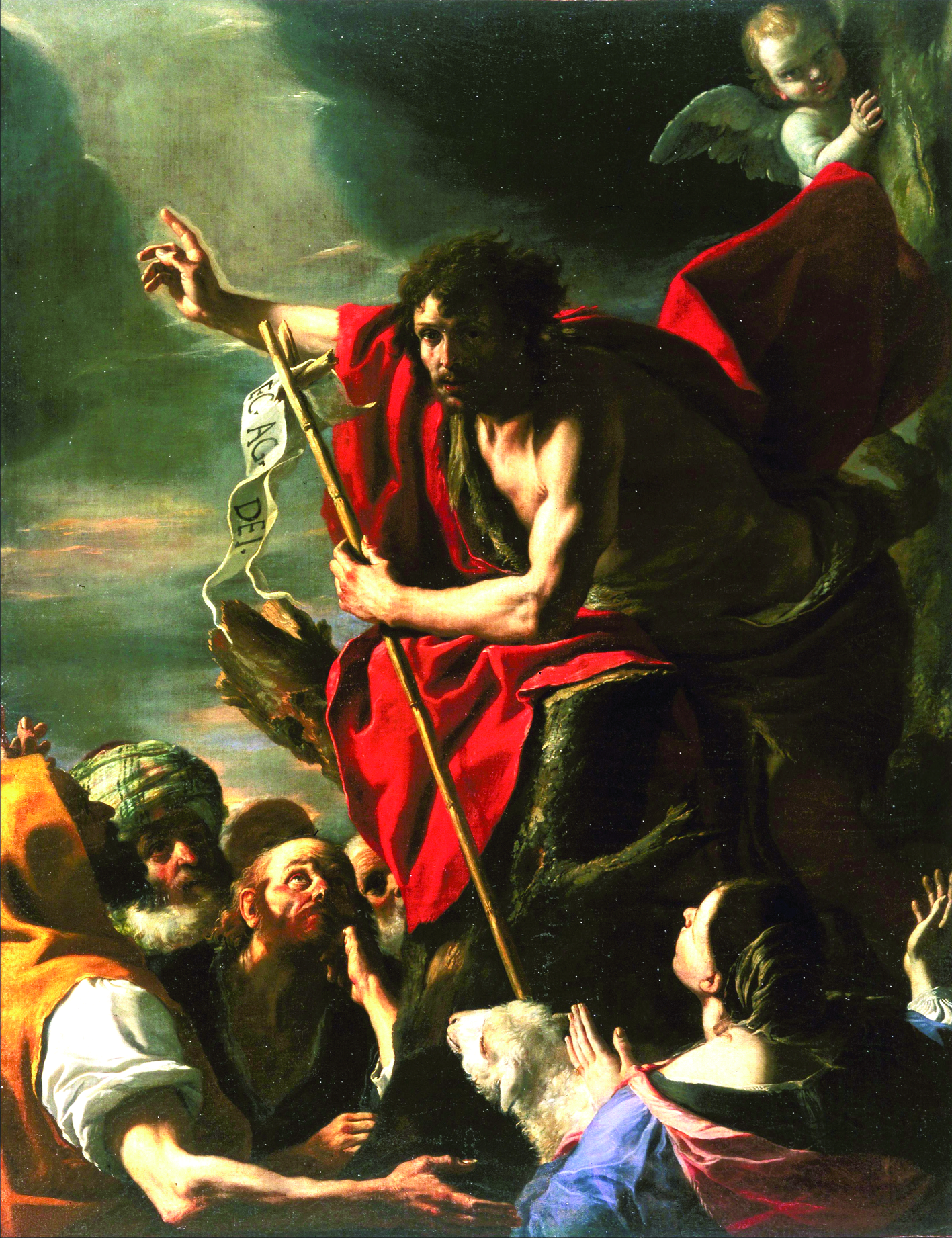
Facebook Comments